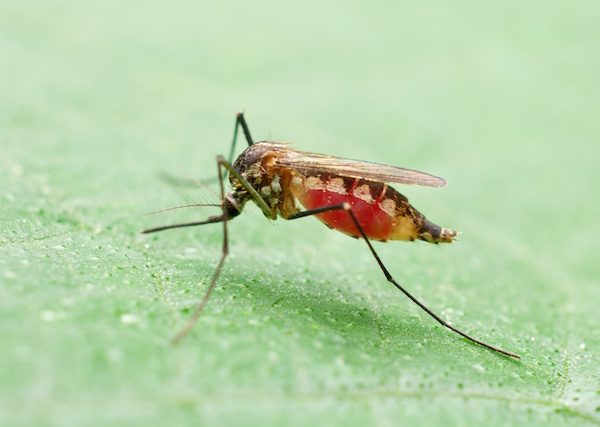
WEDNESDAY, Aug. 1 (HealthDay News) — Helper T-cells normally support the immune system, but a new study involving mice shows HIV-infected T-cells help transport the virus throughout the body and infect other T-cells.
Researchers from Massachusetts General Hospital said their findings could lead to improved treatments that could help control the movement of infected T-cells in the body.
“We have found that HIV disseminates in the body of an infected individual by ‘hitching a ride’ on the T-cells it infects,” study author Dr. Thorsten Mempel, of the Massachusetts General Hospital Center for Immunology and Inflammatory Diseases, said in a hospital news release.
The researchers examined the behavior of HIV-infected human T-cells using a “humanized” mouse model, which has an essentially human immune system, according to the release.
After confirming that human T-cells enter and migrate within the animals’ lymph nodes, the researchers injected them with HIV engineered to give off a green fluorescent protein, which allowed them to monitor the movement of infected cells.
They found that within two days, the HIV-infected T-cells moved more slowly than healthy T-cells. They also were evenly distributed within the lymph node, but they remained close to the injection site.
“Infected T-cells continue doing what they usually do — migrating within and between tissues such as lymph nodes — and in doing so they carry HIV to remote locations that the virus could not reach as easily,” Mempel said. “There are drugs that can manipulate the migration of T-cells that potentially could be used to help control the spread of virus within a patient.”
Ten percent to 20 percent of the HIV-infected T-cells formed long, thin extensions that trailed behind the moving cells. These elongated cells contained the HIV envelope protein, which researchers thought might cause infected cells to “tether” to uninfected cells and form these extensions.
Infected cells had multiple nuclei, the researchers found, which shows they were formed when several cells combined.
The researchers also injected a separate group of mice with HIV. This group, however, was treated with an agent that prevents T-cells from leaving the lymph nodes.
After two months, the researchers found the levels of HIV in the animals’ blood and in lymph far from the injection site were much lower than the levels of the animals not treated with the agent. They noted that the agent used to suppress the migration of infected T-cells did not reduce the level of HIV in animals that already had an established HIV infection.
“While our observation of tethering interactions between infected and uninfected … cells suggests that HIV may be transmitted between T-cells by direct contact, we will have to clearly show this in future studies and explore how important it is relative to the transmission by free virus,” said Mempel, who also is an assistant professor of medicine at Harvard Medical School in Boston.
The study was published Aug. 1 in the journal Nature. Scientists note that research with animals often fails to produce similar results in humans.
More information
The U.S. Centers for Disease Control and Prevention has more about HIV and AIDS.

